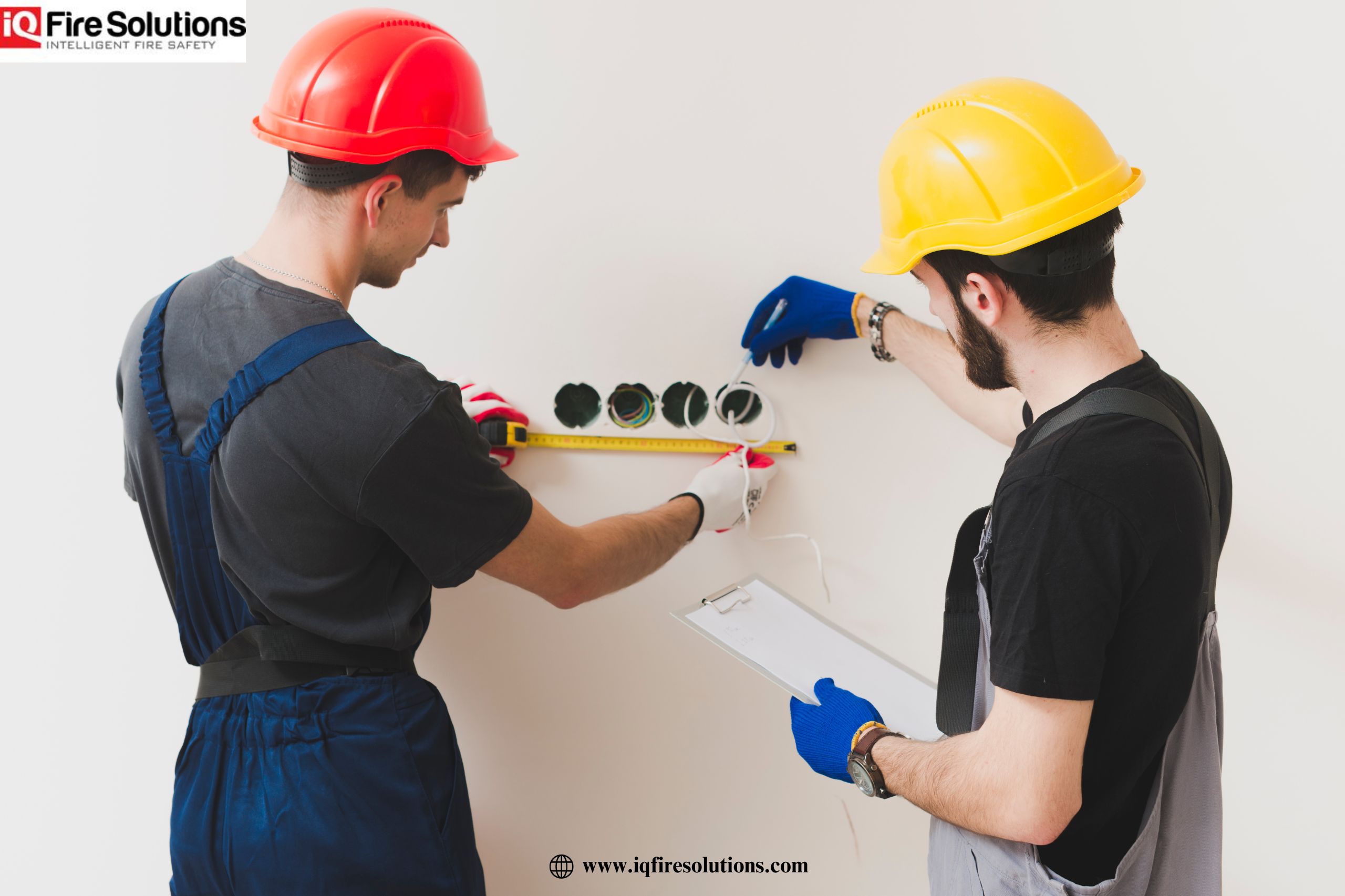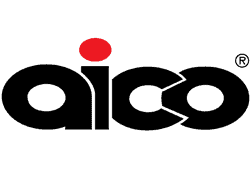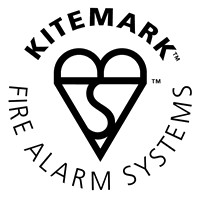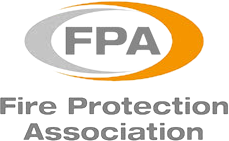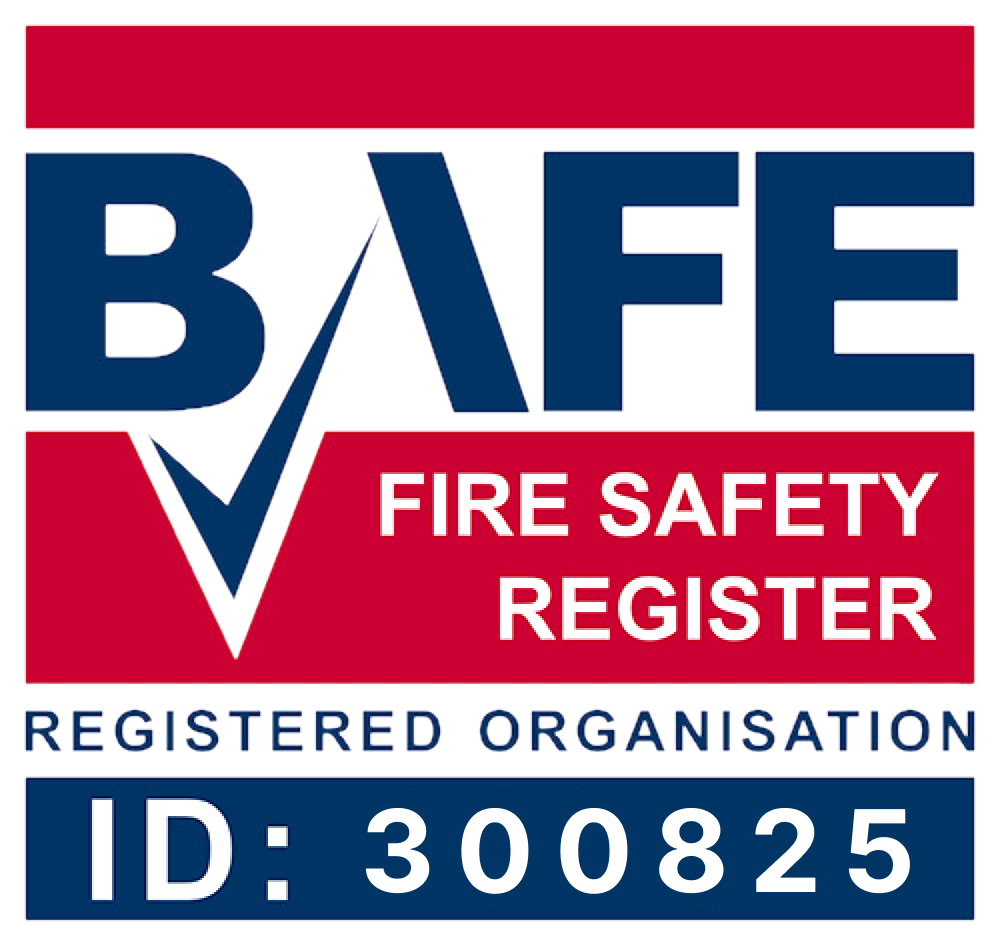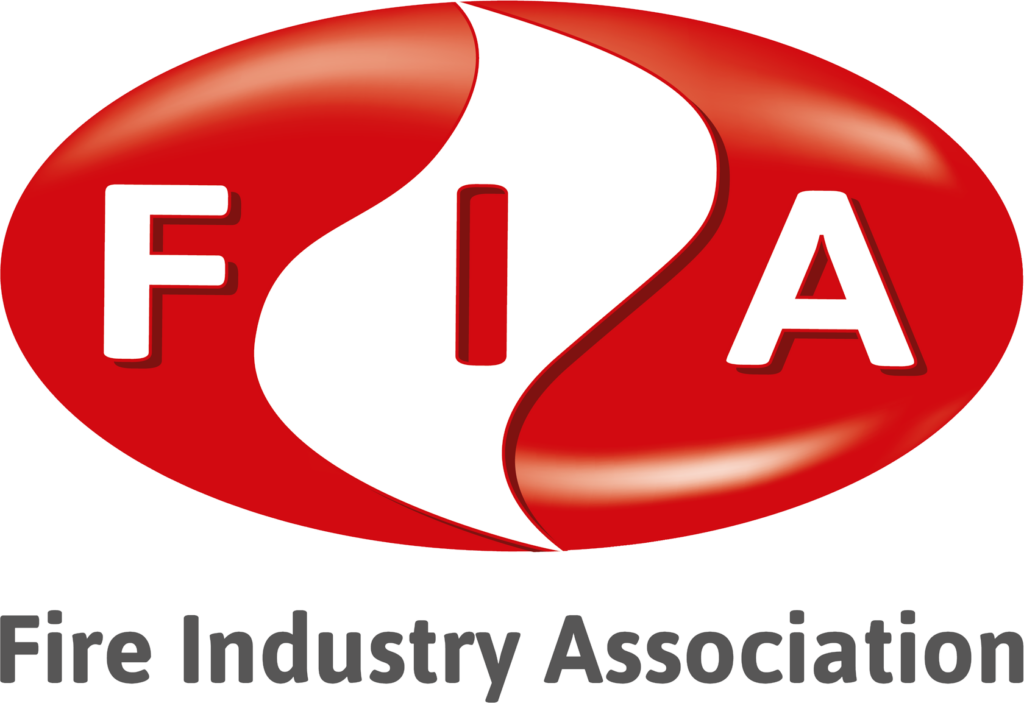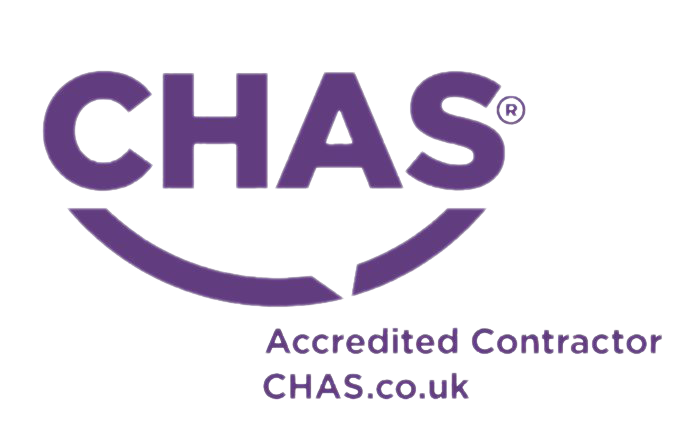When it comes to safety in the workplace, ensuring that your emergency exits are properly lit is essential. It’s crucial for employees and visitors alike to have clear visibility of an exit at all times – especially during a time of danger or confusion.
This article will provide you with a comprehensive guide on how to ‘brighten up’ your emergency exits with the use of appropriate lighting and signage. We’ll discuss what type of signs should be used, as well as when they may need replacing or updating.
By taking these simple steps, you can protect those within your premises without compromising their safety. So keep reading and let us show you how easy it is to create a safe environment by using effective exit signs with emergency lighting solutions!
The Importance Of Emergency Lighting
Sometimes, it feels like emergency exits are an afterthought.
With the help of this guide on emergency lighting for your exit signs, you can rest assured knowing that all will be okay when it comes to finding your way out!
After all, being able to find the right door could mean the difference between life and death in some circumstances.
So don’t forget: brighten up those emergency exits with proper illumination today!
Types Of Exit Signs
Exit signs come in a variety of types, depending on the needs and requirements of the building.
The most common type is an illuminated sign with battery backup lighting; this will remain lit even if there’s a power cut or other emergency situation.
Other types include luminous photoluminescent signs which glow in the dark without any external power supply, as well as light reflective signs that are visible from long distances when they catch the beam of a flashlight.
Some exit signs also feature arrows to indicate escape routes, while others contain detailed information such as floor plans and evacuation instructions.
Some signs may be permanent fixtures within buildings, whereas others can be used for temporary events and occasions.
Whichever type you choose, it’s important to make sure your chosen exit signage meets all relevant safety standards and regulations.
Regulations For Emergency Lighting
Let’s talk about the location requirements and power source requirements for emergency lighting – that’ll help us brighten up those emergency exits!
Location requirements for emergency lighting include placing lights at every exit, in every corridor, and at any change of direction.
Power source requirements dictate that emergency lighting must have a separate power source from the regular lighting system.
Having these regulations in place ensures that in the event of an emergency, there is adequate lighting to guide people to safety.
Location Requirements
It is imperative that emergency lighting, and thus exit signs, should be clearly visible in all areas of a building.
According to regulations set out by the British Standards Institute (BSI), emergency lighting must be installed near each fire exit or final exit door as well as along any escape routes within the property; this includes corridors, stairwells and lobbies.
Furthermore, these fixtures should be mounted around 1 metre away from any corner or obstruction to ensure visibility at all times.
With such install locations, occupants can quickly locate safety exits during an emergency situation with ease.
Ultimately, it’s essential that emergency lighting installation meets both local authority standards and BSI requirements in order to guarantee safe egress for those inside the premises.
Power Source Requirements
Now that we know where emergency lighting should be installed, it’s important to consider the power source requirements. It must be powered by a reliable and dedicated mains supply; this ensures that any potential failure or outage will not affect the operation of exit signs.
Furthermore, as part of BSI regulations, all such systems require regular testing in order to guarantee their performance when needed most. Battery-powered options are also available and may work better for certain locations, however, they need frequent maintenance so that batteries can remain charged and ready for use at all times.
Ultimately, whatever type of system is chosen, it must comply with local authority standards in order to ensure safe evacuation for occupants.
Benefits Of LED Exit Signs
Many people are hesitant to upgrade their emergency exit signs because of the cost associated with LED lighting. However, despite this initial expense, there is a multitude of advantages that makes it worth investing in them.
To begin with, LEDs have incredibly long lifespans—nearly 10 times longer than incandescent or fluorescent bulbs! This means they need fewer replacements and require less maintenance over time.
Secondly, they use much less energy while still providing bright illumination which can help save on electricity bills in the long run.
Thirdly, they’re safer since they don’t contain hazardous materials like mercury found in other types of lights.
Finally, LED lights last several hours even when the power goes out due to backup batteries ensuring your exits remain illuminated during an emergency.
LED exit signs offer many benefits including:
- Longer life span & lower maintenance costs
- Lower energy consumption
- Safer as no hazardous materials used
- Backup battery ensures continued illumination during emergencies
Therefore, if you’re looking for an effective way to light up your emergency exit routes without breaking the bank then investing in LED technology might be just what you need!
Testing And Maintenance Of Exit Signs
LED exit signs are a great way to brighten up emergency exits, providing safety and visibility in the event of an emergency. It is important, however, to ensure that these signs continue to serve their purpose over time by testing and maintaining them regularly.
The frequency of checking LED exit signs will depend on their environment – for example, those situated near water or areas with high levels of dust may need more frequent attention than others. Each sign should be inspected at least once every 12 months to make sure they work correctly and have not been damaged by any external factors.
Additionally, bulbs within the fixtures may require replacing periodically due to natural wear and tear. This can easily be done as most LED exit signs come pre-wired with plug connectors which means no electrician needs to be called out.
It is therefore wise practice for all businesses to schedule regular checks of their emergency lighting systems in order to guarantee maximum performance when needed. All tests should be documented along with corrective actions taken if there are any issues found during maintenance procedures.
Cost-Effective Solutions For Emergency Exit Signage
Choosing the right emergency exit signage for your business or organisation can be like navigating a minefield – one wrong move and you could end up with costly consequences. Fortunately, there are some cost-effective solutions available to help keep your customers and employees safe:
Traditional Signs:
- Hand-painted signs – These provide an affordable solution that is both aesthetically pleasing and highly visible.
- Photoluminescent signs – This type of sign uses photoluminescence technology to absorb light energy during the day and release it at night, making them easier to spot in low-light environments.
- LED illuminated signs – These types of signs use LEDs (Light Emitting Diodes) to create a bright illumination which lasts for hours even when external power sources have been lost.
Digital Signs:
- Interactive digital signage – This type of interactive display allows users to access information quickly via touch screens or voice commands.
- Video wall displays – Video walls are large flat panels featuring multiple LCDs connected together, providing a dynamic way to communicate important messages such as evacuation instructions during emergencies.
- Smartphone/wearable devices – Wearables such as smart watches can be used to alert staff members if they’re in danger, while smartphones allow people to view live maps showing their location inside buildings.
No matter what type of emergency exit signage you choose, it’s essential that it meets all relevant safety regulations so that it fulfils its purpose properly. To ensure this happens, always make sure you purchase from reputable suppliers who are familiar with the industry standards and local laws governing installation requirements.
Frequently Asked Questions
How Often Should Emergency Exits Be Tested For Emergency Lighting?
Emergency exits should be tested regularly for their emergency lighting. This is to ensure that the signs are easily visible in the event of an emergency, and so people can find a safe exit quickly.
Tests should be carried out at least once every six months, as recommended by UK fire safety regulations. It’s important to keep on top of these tests, as they help protect both staff and customers from harm in the case of an evacuation or other emergencies.
Are Emergency Exit Signs Required In All Buildings?
In the UK, all buildings are required to have emergency exit signs.
This is so people can easily locate and identify exits in an emergency situation, as well as provide a clear indication of where they should go.
Emergency lighting must also be installed near each exit sign, which must be tested regularly for functionality.
It’s important to ensure that both the exit signs and the emergency lighting meet regulations set out by relevant authorities.
What Is The Difference Between Emergency Lighting And Regular Lighting?
When it comes to emergency lighting and regular lighting, there is a clear distinction between the two.
Emergency lighting requires special wiring and an independent power supply in order to ensure that lights will come on during a blackout or other emergency situations.
They are typically dimmer than regular lighting fixtures, which can be used as normal day-to-day illumination.
In addition, emergency light fittings often have distinct shapes and colours so that they can clearly identify escape routes for people in case of an emergency.
What Is The Cost Of Installing Emergency Exit Signs?
Installing emergency exit signs can be a costly process, however, the benefits greatly outweigh any costs.
Depending on the type of sign and lighting used, prices could range from a few hundred to several thousand pounds.
For those looking for more affordable options, there are LED-based emergency lights available which come with much lower initial installation fees.
It is important to ensure that all safety requirements have been met when installing these signs, as failure to do so could lead to severe consequences in an emergency situation.
Is There A Certain Type Of Emergency Exit Sign That Is More Effective Than Others?
Ah, the age-old question; ‘is there a certain type of emergency exit sign that is more effective than others?’
We spend so much time and money trying to find the perfect solution for our safety needs only to be left wondering whether we’ve made the right decision.
The truth is, when it comes to emergency exit signs, one size doesn’t fit all – each situation requires something slightly different.
Whether you’re looking for LED lights or reflective plates, one thing is for sure: choose wisely!
Emergency lighting and exit signs are essential for providing safety to all occupants in buildings. It is important to understand the differences between emergency lighting and regular lighting, as well as the cost of installation.
There’s no one-size-fits-all solution when it comes to emergency exits – different types may be more effective than others depending on your needs. Ultimately, taking proactive steps today can help save lives tomorrow by ensuring that everyone knows exactly where they need to go in an emergency situation.
Emergency lighting and exit signs will provide a beacon of hope during chaotic times; brightening up any potential darkness with their illuminating guidance.


